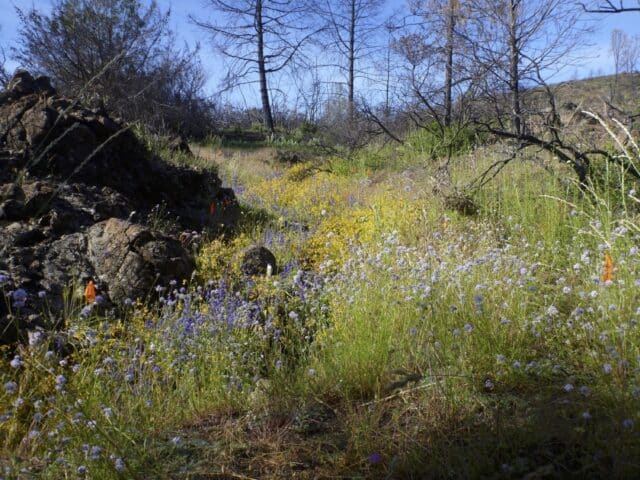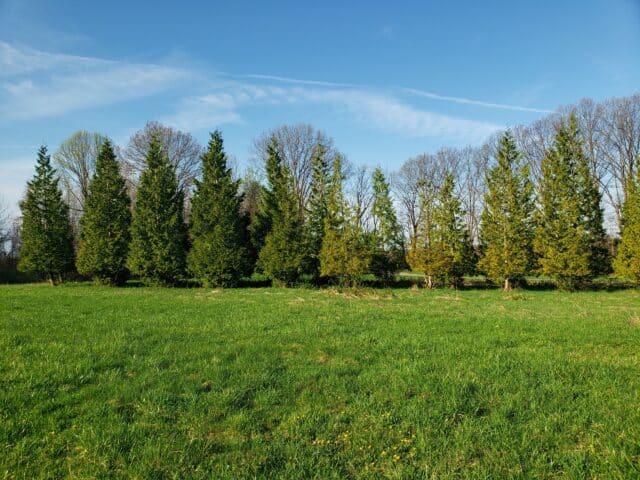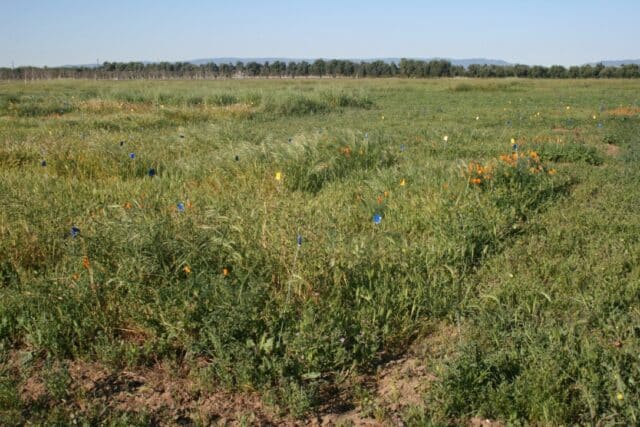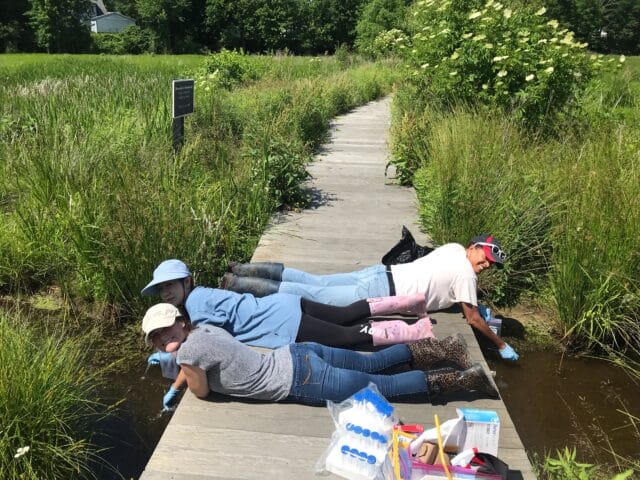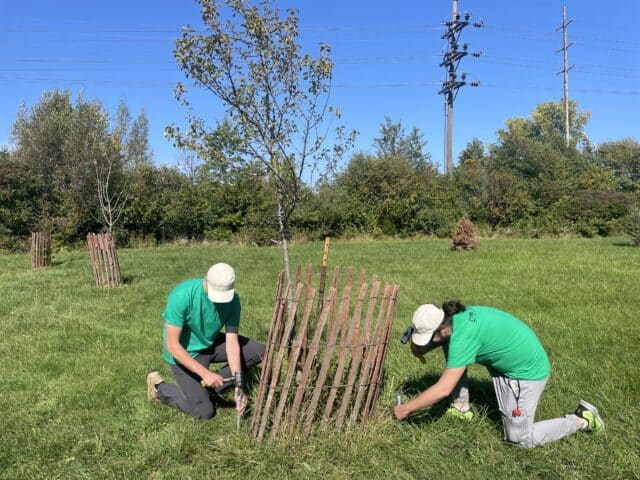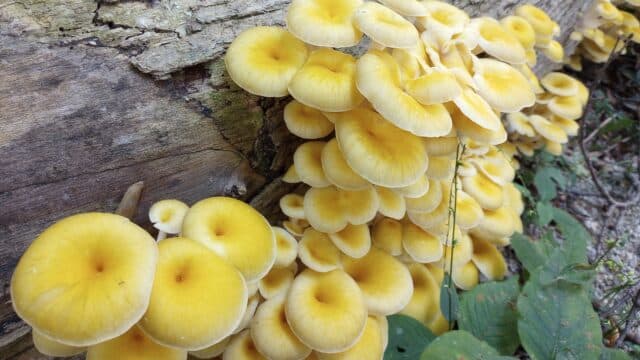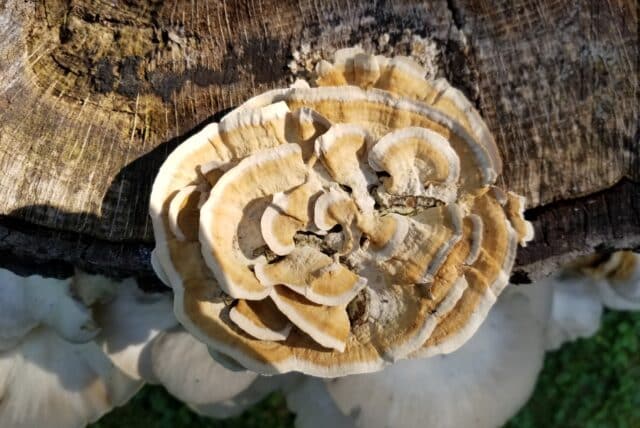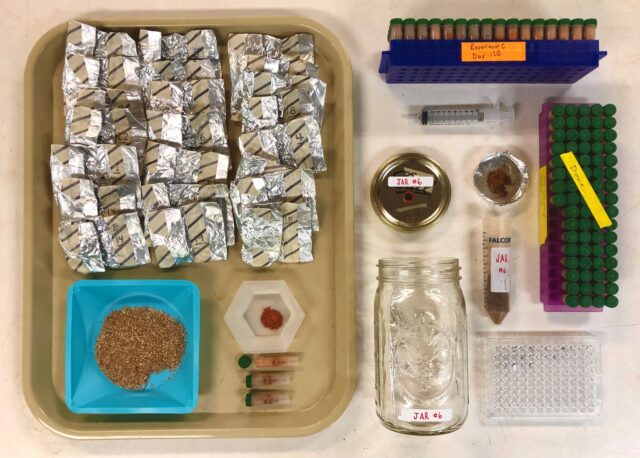Why We’re Celebrating Soil for World Soil Day — And You Should Too!
December 2, 2022

We’re surrounded by soils. They’re not just outside, but underneath us, supporting our structures and our homes as well as our ecosystems and food systems. But perhaps the most amazing thing about soil is the organisms that live in it. We’ve only just begun to understand the immense quantity and diversity of bacteria, fungi and more that live belowground. And the more researchers learn, the more it’s clear: There’s so much that we don’t know about these living things.
On Monday, people around the world will celebrate World Soil Day. It’s an annual event started by the Food and Agriculture Organization (FAO) of the United Nations, and its goal is to bring attention to the importance of healthy soils and to advocate for sustainable soil management.
The Holden Arboretum has our own resident soil aficionados, like Sarah Carrino-Kyker, Claudia Bashian-Victoroff and David Burke. They research how healthy soils can make for healthy forests. In honor of World Soil Day, we asked them: Why soil?
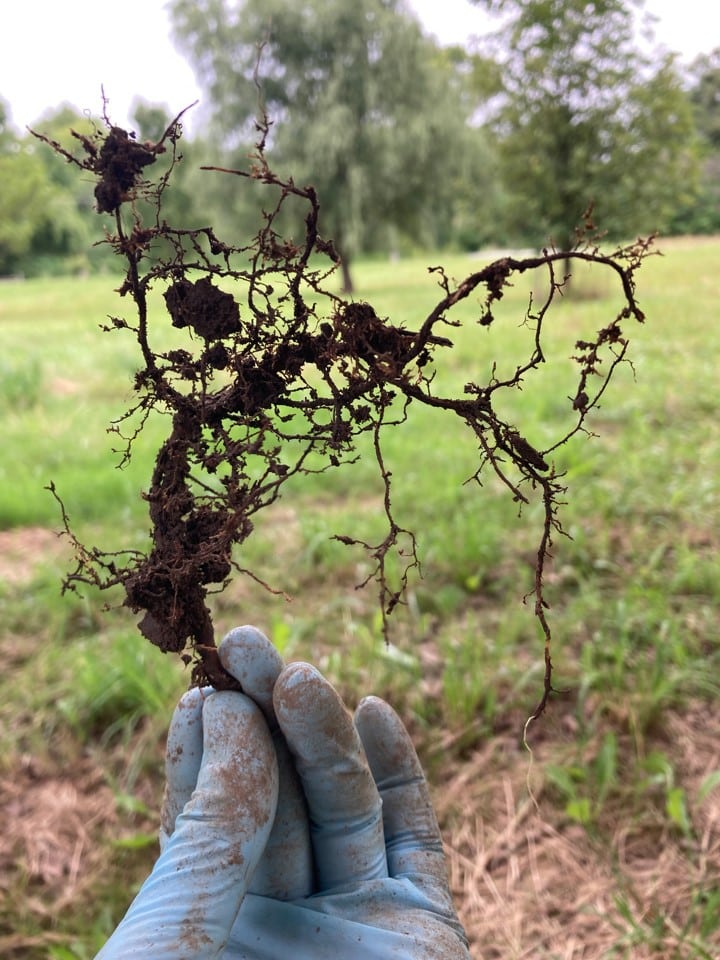
Jazzed About Soil
Carrino-Kyker and Bashian-Victoroff, research scientists in David Burke’s soil ecology lab, both got into studying soil after learning how little was known about its ecology. Carrino-Kyker says she remembers when she first started graduate school, “people were really jazzed about soil.”
Plus, Bashian-Victoroff says, it’s fun to research. The day-to-day offers a great balance of going out into nature to collect samples, plus time studying organisms like mycorrhizal fungi — fungi that live in and around a plant’s roots, in a mutually beneficial relationship — up close in the lab.
“You get to be outside in these really beautiful areas that you love and care about, but then you also get to study these organisms in an intimate way, all the way down to their genetics.” Bashian-Victoroff says. “I think that’s uniquely very fun about studying soils.”
Billions and Billions
How many organisms are living in the soil, exactly? The answer varies depending on where you are and how healthy the soils are — the types of questions the researchers in the Burke lab are studying. But in general, it’s a lot: One teaspoon of soil can contain almost one billion bacteria, up to 200 meters of fungal hyphae, microscopic animals like nematodes and more. It just may be the most diverse place on the planet.
Soil can sustain so much life because of the nutrients it contains. It obtains these from decomposition, important ecosystem work done by soil organisms to clean up organic matter, and recycle it into fertilizer that other living things, including plants, depend on.
It’s not just the nutrients that plants depend on: Experts estimate that 80–90 percent of all plant life associates with symbiotic fungi that live in the soil. “You cannot have plant life without having fungal life,” says Bashian-Victoroff. “Sustaining soils is intimately related to sustaining our lives.”
What’s more, research increasingly suggests soils can have a large impact mitigating climate change, says Carrino-Kyker. Plants take in carbon dioxide and store the carbon belowground, sharing it with their fungal partners. It’s nature’s way of capturing carbon.
Healthy Trees Need Healthy Soil
Holden scientists have a number of research projects in the works studying the organisms living in the soil and how they affect trees and other plants.
For instance, Cuyahoga County is currently planting thousands of trees across Cleveland and surrounding areas as part of the Healthy Urban Tree Canopy program. The Burke lab is studying whether adding a handful of soil from in-tact ecosystems at Holden, full of living organisms, can repopulate the soil organisms and help the trees. This type of addition is called a soil inoculum.
>> Read more about the Soil Ecology of Urban Environments project.
What might a soil inoculum accomplish? These urban soils can be depleted of their natural soil communities. If it successfully repopulates the soil with a healthy belowground community, it could help the trees resist pathogens, withstand heavy metal poisoning, survive drought and more. At least, research suggests it could — that’s why the Burke lab is testing the ideas out in the real world.
“We’re bridging the gap between what is scientifically known and what is being actually done in these plantings,” says Bashian-Victoroff.
Bashian-Victoroff admits: She’s in it for the fungi. Helping the trees is great, of course, but work with soil inoculum in restoration projects reintroduces the organisms in the soil to places they once lived, but have been degraded due to human development. It’s conservation work for the soil.
“We don’t often acknowledge soil as a living part of our home — our Earth,” says Bashian-Victoroff. “These are organisms that deserve and demand our respect and protection just like any other organism does. We, as scientists, are really far behind in terms of answering questions about the conservation of fungi and other living components of our soil.”
The team has a number of other soil projects in the works. In one, they’re testing a similar soil inoculum strategy in forest wildflower restorations. In another, they’re studying what effect tree diseases have on their below-ground mutualists. In general, they’re figuring out how the health of the organisms in the soil impact what’s going on above the ground — and vice versa.
More Than Dirt
Many people are aware of some of the physical problems that arise when we don’t manage our soils properly, like in the 1930’s during the Dust Bowl. But erosion and water availability are just one small piece of soil health. Whether you care about conserving natural systems or you only care about eating, soils are key.
“Healthy soils are what are important for feeding the human population globally,” says Carrino-Kyker. You won’t have soil nutrients ready for plants to use without microbes breaking down organic matter.
“Soil is more than just dirt, it’s an actual living thing,” says Burke, soil ecologist and Vice President for Science and Conservation at Holden. “It is the action of all of those microorganisms, the bacteria, the fungi, the arthropods, that are in soil that actually maintain its fertility in partnership with plants.”
Today, we’re still learning how humans have impacted soil health, how that in turn will impact the rest of our ecosystems and food systems, and what actions we can take to help conserve it. Luckily, the Burke lab at Holden is studying these questions.
“I think everyone should be concerned about soil, because it really is the basis of all the life that we see around us,” says Burke. “Without it, we wouldn’t be able to survive, we wouldn’t have all the critters that we see in our fields and in our forests. Soil is a crucial thing that we often overlook.”
Anna Funk, Ph.D.
Science Communication Specialist
